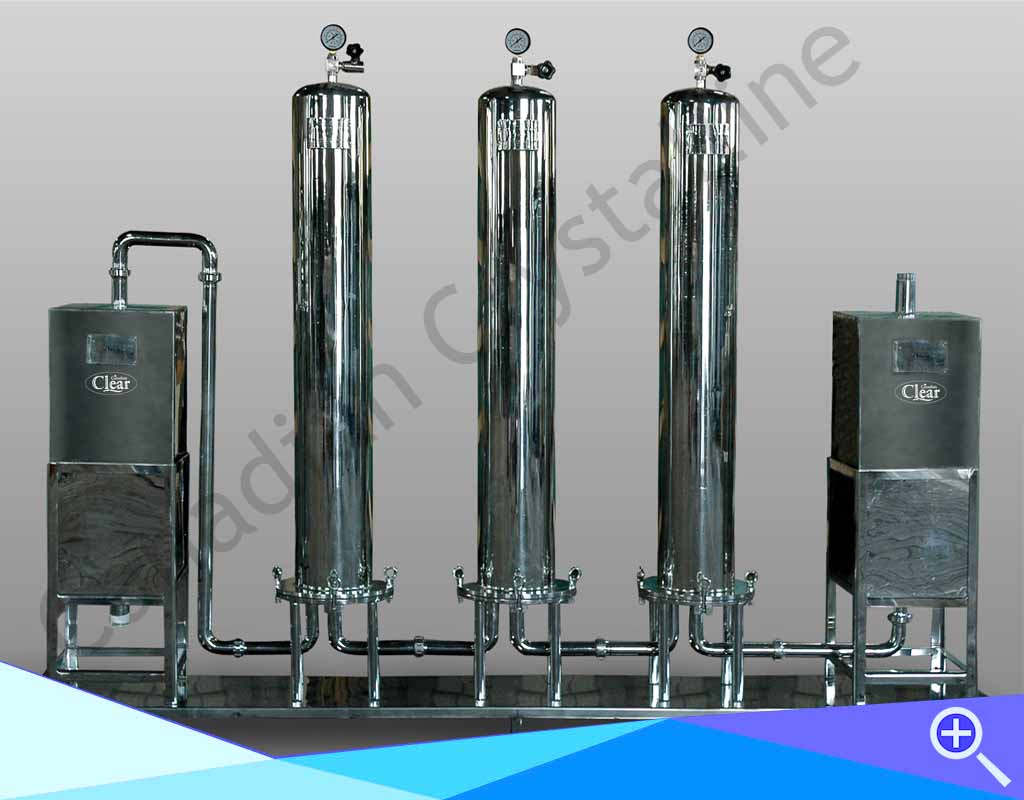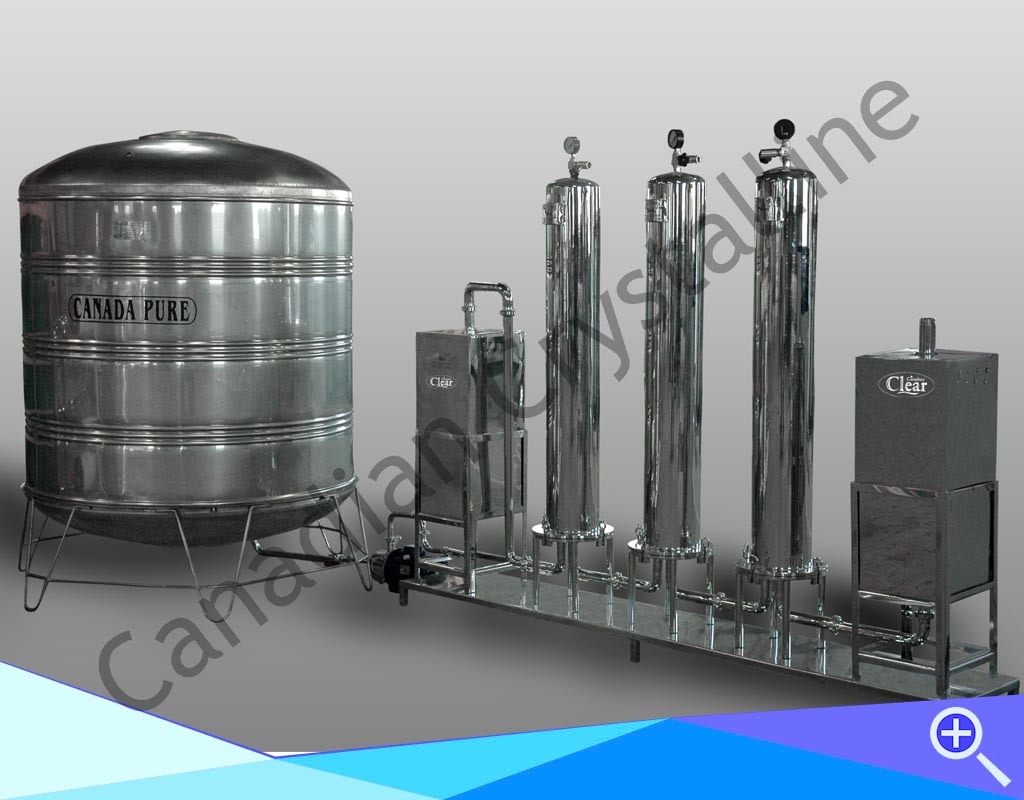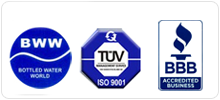Sewage Treatment Equipment in Chennai
The best water treatment plant manufacturesThe Food and Beverage Industry: A Wastewater Challenge
The treatment of wastewater from the Food and Beverage Industry can be quite challenging because of the complex and variable composition of the constituent streams. Also complicating matters is the tightening of environmental discharge regulations, which can make it difficult to operate without violating discharge or NPDES (National Pollutant Discharge Elimination System) permits. Additionally, to conserve water some wastewater treatment facilities are recycling a portion of their water for in-plant use. The requirements of that in-plant use may necessitate an even higher quality of water than what would be required for discharge.
This article will briefly describe a typical wastewater treatment system and the associated sewage treatment equipment. For further explanation including figures and tables, please download the whitepaper by using the link at the end of this article.
Wastewater treatment can be divided into these five processes:
PretreatmentPrimary Secondary Tertiary Disinfection Wastewater Pretreatment
The combined wastewater streams enter the pretreatment process which may include any of the following: screening to remove large items, comminution which is a physical chopping up of solids, grit removal to protect downstream equipment from excess wear, and flow equalization to damp hydraulic peaks, ensure uniform pH for downstream processes, and even out contaminant loading.
Wastewater Primary Treatment
The stream which exits the pretreatment enters the primary treatment process which may include clarification by settling, clarification by floating (dissolved, induced air floatation), and physio-chemical treatment (lime addition, phosphate or heavy metal removal). Solids removed during the primary treatment process are taken to sludge thickening, sludge dewatering, and final disposal. The water stream which exits the primary treatment process is fed to secondary treatment.
Wastewater Secondary TreatmentSecondary WWT is arguably the most important of the processes used in the treatment of waste in the Food & Beverage Industry, due to the high and varying levels of soluble and suspended organic matter in their wastewater. Unfortunately, it is also arguably the most complex of the WWT processes, and can therefore create many challenges from an operations perspective.
Secondary wastewater treatment can be accomplished using any of the following; activated sludge process, ponds and aerated lagoons. Package wastewater treatment solutions such as anaerobic biological reactors, trickling filters, rotating biological contractors, membrane bioreactors, or sequencing batch reactors are becoming common. As with the primary treatment, solids removed in this step are taken to sludge thickening, sludge dewatering, and final disposal. The water stream leaving the secondary wastewater treatment may either be recycled back to primary treatment or passed along to tertiary treatment.
For detailed information on activated sludge, membrane bioreactors, and sequencing batch reactors including performance figures and tables, download the complete whitepaper by using the link at the end of this article.Read Related































 Toll Free
Toll Free
